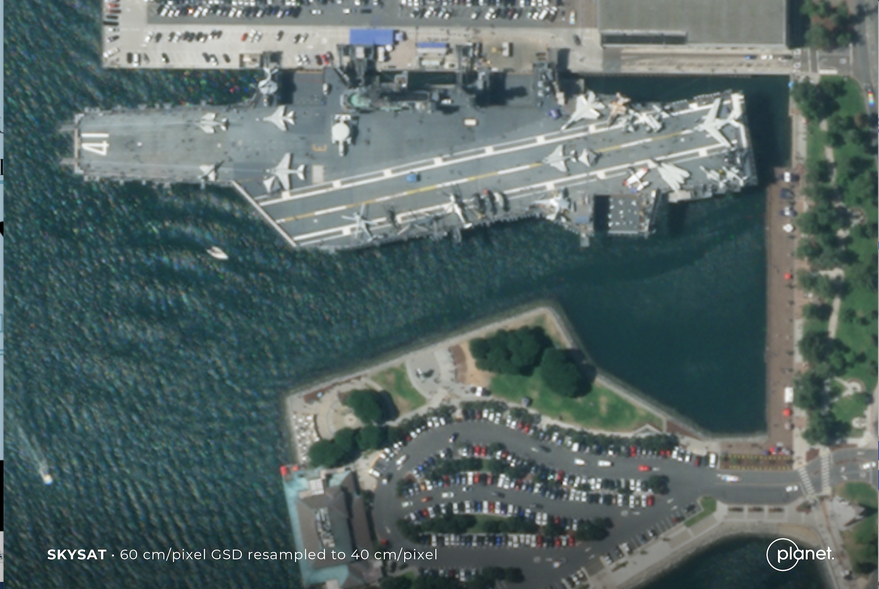SAN FRANCISCO – Six months after unveiling its next generation Pelican satellite constellation, Planet shared details April 21 on the 32-satellite constellation designed to offer higher resolution Earth imagery with more frequently updates than the San Francisco company’s SkySat constellation.
“As you get more operational with your customers, they want more capacity and they want it faster,” Robbie Schingler, Planet co-founder and chief strategy officer, told SpaceNews.
The Pelican constellation, scheduled to begin launching in early 2023 pending FCC license approval, will offer at least 10 daily views of Earth’s land mass and as many as 30 views of midlatitude locations with a resolution of 30 centimeters per pixel.
To speed up data delivery, Planet is equipping Pelicans with Ka-band inter-satellite data links. Planet plans to work with commercial satellite communications providers to task satellites and relay data, but the company is not yet ready to name satellite communications partners.
“We’re building the hardware ourselves and buying bandwidth from existing operators,” Schingler said.
Onboard computing is another feature of the Pelican constellation.
“When things move or things are unexpected, allowing for some analytics to run immediately is extremely useful for some applications,” Schingler said. “A good, efficient compute architecture transports answers. It’s smart to bake that into the architecture from the beginning.”
In contrast to SkySats which rely on Bradford Space High Performance Green Propulsion, Pelicans will be equipped with Hall-effect thrusters.
With electric propulsion, Planet will be able to fine-tune satellite orbits to prevent drift, avoid debris and travel at low altitudes to improve image resolution, Schingler said.
Planet designs and manufactures satellites in-house following an iterative approach known as agile aerospace. That means that RF inter-satellite links can be replaced with optical inter-satellite links when the industry agrees on standards and constellations begin providing services, Schingler said.
In addition to SkySats, which offer resolution as high as 50 centimeters per pixel and 30-centimeter-per-pixel Pelicans, Planet gathers 3-meter global Earth imagery daily with its Dove constellation.
“We are seeing strong and growing demand from multiple market segments for our high resolution products today,” Will Marshall, Planet co-founder and CEO, said in a statement. “We have designed our next generation Pelican fleet to meet the evolving needs of customers who want real-time information about global events as they unfold – from floods and wildfires to political conflicts and threats to human rights. Pelican’s rapid response and higher resolution will do exactly that.
